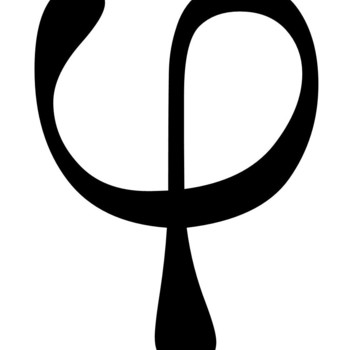#3.06*g#, #4.53*g#, and #5.80*g# masses of dinitrogen, dihydrogen, and helium gases were collected and the total pressure of the mixture was #104.6*kPa#. What are the partial pressures of each gas?
2 Answers
Well, we use old
Explanation:
Which explicitly states that in a gaseous mixture, the partial pressure exerted by each component gas is the same as it would exert if it ALONE occupied the container. The total pressure is the sum of the sum of the individual partial pressures.
And thus...
Now we don't know
And, as required,
And the pressure exerted by each gas is simply the product...
And...
Nitrogen:
Hydrogen:
Helium:
Explanation:
Use Dalton's Law of Partial Pressures, which states that:
We must find the number of moles of
The formula for moles is
Nitrogen:
Hydrogen:
Helium:
Totally, we have
The mole fraction,
For nitrogen:
For hydrogen:
For helium:
Since
Nitrogen:
Hydrogen:
Helium:
Note that the figure is not exact, as I did rounding on the calculations for moles and mole fractions.


